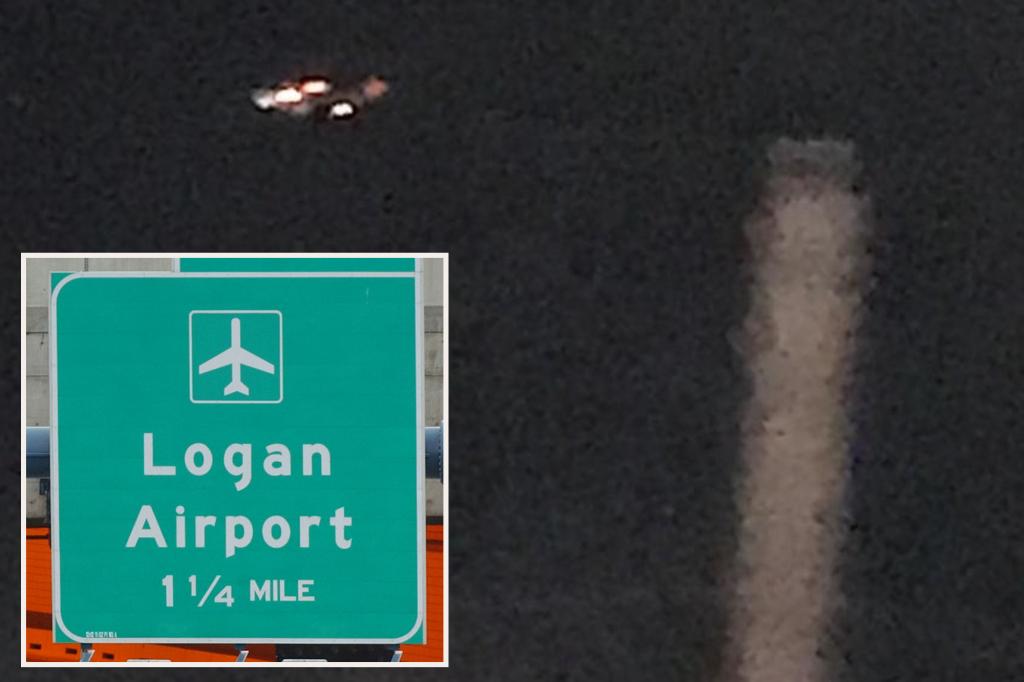The apprehension of two individuals near Boston’s Logan International Airport for operating a drone too close to the airport’s airspace underscores the growing concerns surrounding unauthorized drone activity and its potential impact on aviation safety. Robert Duffy, 42, and Jeremy Folcik, 32, both Massachusetts residents, were arrested on Saturday night on Long Island, one of the Boston Harbor Islands, after authorities tracked their drone using advanced technology. The incident triggered a multi-agency response involving Homeland Security, Massachusetts State Police, the Joint Terrorism Task Force, the Federal Communications Commission, and Logan Airport Air Traffic Control, highlighting the seriousness with which such incidents are viewed. A third suspect remains at large, having reportedly fled the island in a small vessel. Recovered from Duffy’s backpack was a drone, linking the pair directly to the illegal activity. The two currently face trespassing charges, with the possibility of further charges pending the ongoing investigation.
This incident unfolds against the backdrop of a surge in unexplained drone sightings across the northeastern United States, raising anxieties about the potential motives and origins of these unmanned aircraft. Reports have emerged from New Jersey, Massachusetts, Connecticut, New York, Pennsylvania, and Virginia, with authorities struggling to identify the source and purpose of the drones. The sheer number of sightings, coupled with the proximity of some to sensitive locations like airports, has propelled the issue into the national spotlight, prompting concerns about national security and public safety. The incident near Logan Airport exemplifies the immediate danger posed by drones operating in restricted airspace. Their presence can disrupt air traffic, force pilots to take evasive maneuvers, and even lead to catastrophic collisions.
The swift and coordinated response by law enforcement in the Boston incident demonstrates the increasing preparedness of authorities to address the drone threat. The utilization of advanced technology to track the drone’s flight path, altitude, and operator location was crucial in apprehending the suspects. This technological capability represents a significant step forward in combating unauthorized drone activity and highlights the importance of continued investment in such tools. However, the ongoing wave of drone sightings across the Northeast suggests that technological solutions alone may not be sufficient to address the broader challenge.
The case of the Boston drone also reveals the complexity of investigating such incidents. The involvement of multiple agencies, including federal, state, and local law enforcement, underscores the jurisdictional and logistical challenges involved. The escape of the third suspect adds another layer of complexity to the investigation and highlights the difficulty in apprehending individuals involved in unauthorized drone operations, particularly in areas with multiple escape routes. The ongoing search for this individual will likely be a focal point of the investigation moving forward.
The wider phenomenon of unexplained drone sightings across the Northeast presents a significant puzzle for authorities. The sheer volume of reports, particularly in New Jersey, has strained investigative resources and raised questions about the capabilities and intentions of those operating the drones. Initial speculation about a “mothership” deploying the drones off the East Coast has been dismissed by the White House, leaving investigators with few concrete leads. The lack of a clear pattern or discernible purpose behind these flights further complicates the investigation, making it difficult to determine whether they represent a coordinated effort or a series of unrelated incidents.
The ongoing investigation into the Boston drone incident, along with the broader effort to understand the wave of drone sightings across the Northeast, is likely to have significant implications for drone regulations and enforcement moving forward. The incident highlights the need for clearer rules and stricter penalties for unauthorized drone operation, particularly in sensitive areas like airports. It also underscores the importance of public awareness campaigns to educate drone operators about the potential risks and legal consequences of their actions. As drone technology continues to advance and become more accessible, the need for robust regulatory frameworks and effective enforcement mechanisms will only become more critical. The incidents in Boston and across the Northeast serve as a stark reminder of the potential dangers posed by unregulated drone activity and the urgent need for proactive measures to address this evolving challenge.

